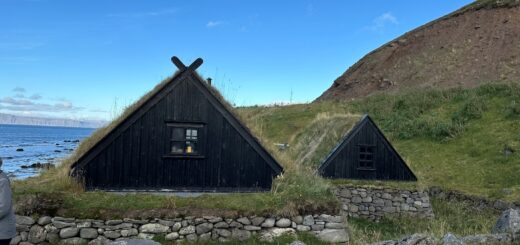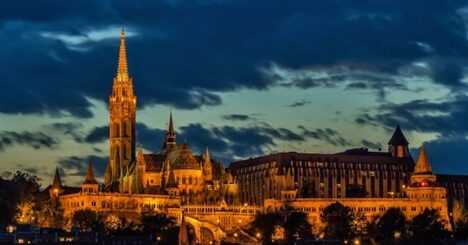Potsdam
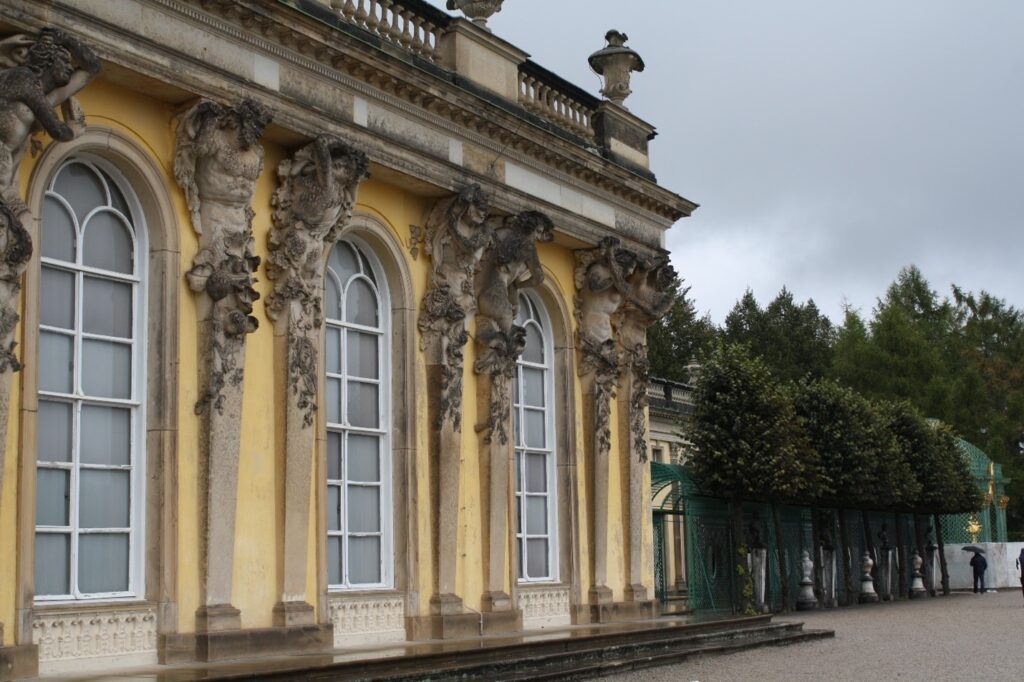
Travel Advice for Seniors: Potsdam
Postdam is well known for two things: It’s magnificent Prussian palaces and gardens and its important role in World War II. We joined a day trip from Berlin to explore both.
Home to two outstanding palaces and over 1200 acres of gardens, Potsdam, in conjunction with Berlin, is a UNESCO World Heritage Site for the same.
Sanssouci Palace was once the summer home of Frederick the Great, King of Prussia. Featuring beautiful Rococo-style architecture and an elegant garden, it was said to be one of the German rivals to the French palace of Versailles. It was built around 1745 as a private getaway to escape the ceremony of the royal court. In 1991, Frederick the Great was buried there.
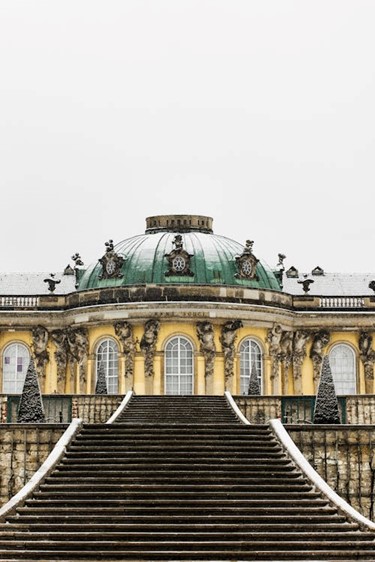
The gardens are known for their numerous temples and follies. In addition to Sanssouci, Bildergalerie, NeueKammern, Orangerie cluster, Neues Palace, Neptune’s Grotto, and Roman baths are included on the grounds. It’s a pretty long walk to get around the gardens, but a bus is available. The palace tour is about an hour.
Sanssouci is accessible, however, the restrooms accessible at the visitor center.
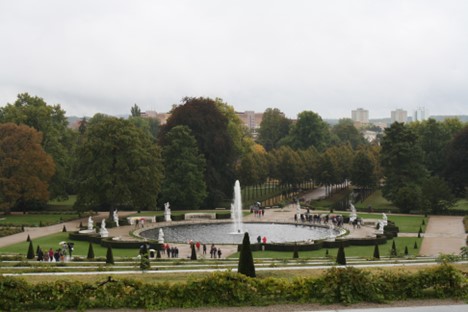
Another popular garden, the New Garden, was built by Frederick William II of Prussia in 1787. It was built in the style of English gardens. It is not as ornate as Sanssouci but does have some interesting sights such as the Marble Palace and the Orangerie.
Ceceilianhof Palace is another major palace in Potsdam, built from 1914-1917 and styled as an English Tudor manor house. Built by the House of Hohenzollern, it was the last palace built by the ruling party of Prussia until the end of WWI. The beautiful English gardens that surround the palace are also worth a stroll.
However, what the Palace is most famous for is the 1945 Potsdam Conference following the surrender of Germany during WWII. Allied leaders including the US, UK and Soviet Union met to discuss the reconstruction of Germany, the division of European land and the fate of Japan. The Palace houses a museum featuring much of the original furniture and a memorial. It takes about an hour to tour.
Ceceilianhof Palace is a bit of a walk uphill. The main rooms are accessible and there is an accessible restroom, however, the Crown Prince’s apartment is not accessible.
Or final stop of our day in Potsdam was the Dutch Quarter. Red brick homes, originally built for Dutch immigrants around 1734-1742 form one of the largest areas of Dutch-styled housing outside of Netherlands. Home to many arts and crafts shops, galleries and cafes, including a couple of small museums, this is a great area to browse and relax with a coffee. The quarter is not accessible.
Where we stayed: Day trip out of Berlin.
How we got there: About an hour bus ride. This was part of a ten-day small group tour through Germany with a side trip to Czech Republic.
General Accessibility Information: See notes above.Major tourist sights, newer hotels, and transportation in most major cities are accessible. Call in advance to verify and make specialty arrangements. See our sections on specialty apps and accessible travel for more on accessibility assistance.

